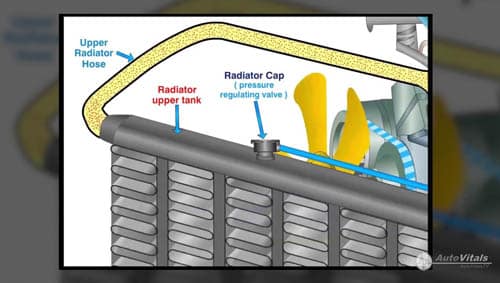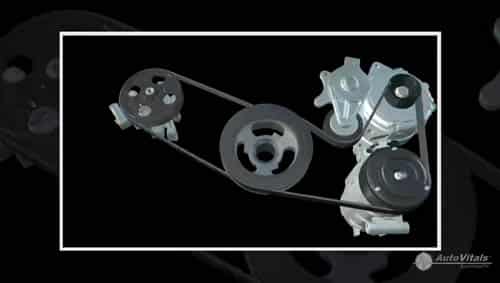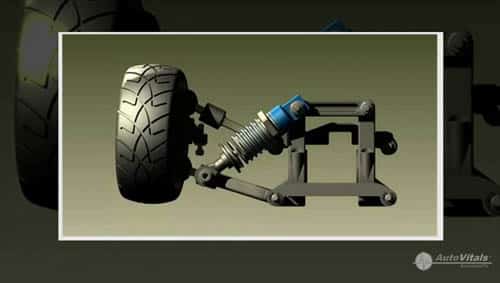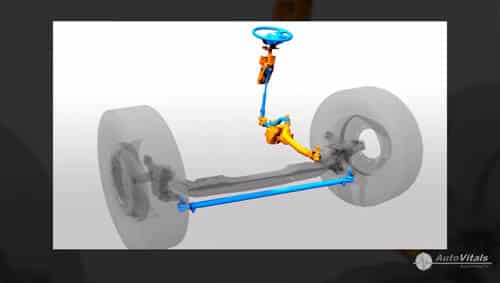Radiator Hose
The radiator hose transfers coolant from an engine’s water pump to the radiator. An upper hose connects the top of the radiator to the top of the engine. A lower hose connects the bottom of the radiator to the water pump, which keeps coolant flowing through the system. It’s a good idea to replace the…





